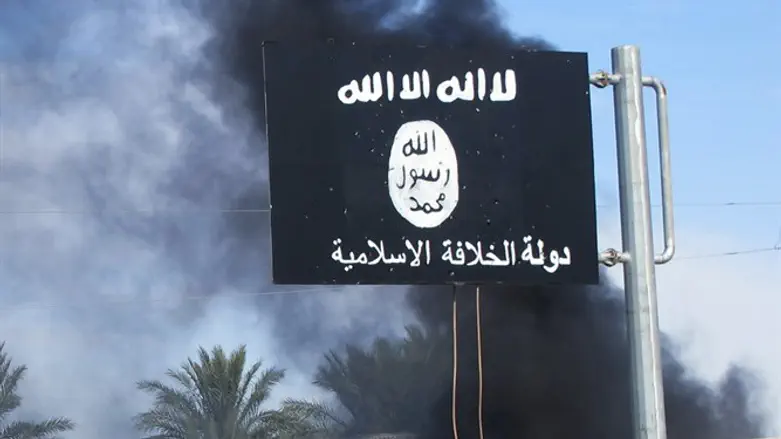
The head of the Islamic State (ISIS) branch in Afghanistan, Abdul Hasib, was killed by Afghan and U.S. Special Forces in the eastern province of Nangarhar, U.S. and Afghan officials said on Sunday, according to Reuters.
He was killed in an operation that took place on April 27, according to the report.
Hasib, appointed last year after his predecessor Hafiz Saeed Khan died in a U.S. drone strike, is believed to have ordered a series of high profile attacks including one in March 8 on the main military hospital in Kabul, a statement said.
Last month, a Pentagon spokesman said Hasib had probably been killed in a raid by U.S. and Afghan special forces in Nangarhar during which two U.S. army Rangers were killed. Prior to Sunday's announcement, however, there had been no confirmation.
"This successful joint operation is another important step in our relentless campaign to defeat ISIS-K in 2017," the top U.S. commander in Afghanistan, Gen. John Nicholson said in a statement from U.S. military headquarters in Kabul, according to Reuters.
The statement, following an earlier announcement by Afghan President Ashraf Ghani, said Hasib directed the March 8 attack on the main Kabul military hospital by a group of terrorists disguised as doctors. Dozens of medical staff and patients were killed in the attack.
The statement said Hasib also ordered fighters to behead local elders in front of their families and kidnap women and girls to force them to marry ISIS fighters.
The Afghan affiliate of ISIS, sometimes known as Islamic State Khorasan (ISIS-K), has been active since 2015, fighting both the Taliban as well as Afghan and U.S. forces.
Last month, the U.S. carried out a massive air strike against ISIS in Afghanistan, killing at least 36 terrorists.
The attack included the first ever use of the GBU-43/B Massive Ordinance Air Blast (MOAB) bomb, or “Mother Of All Bombs”, the largest conventional bomb ever built.
Defeating ISIS in Afghanistan remains one of the top U.S. priorities in Afghanistan. It is believed the group maintains links with the main Islamic State movement in Iraq and Syria but has considerable operational independence.
